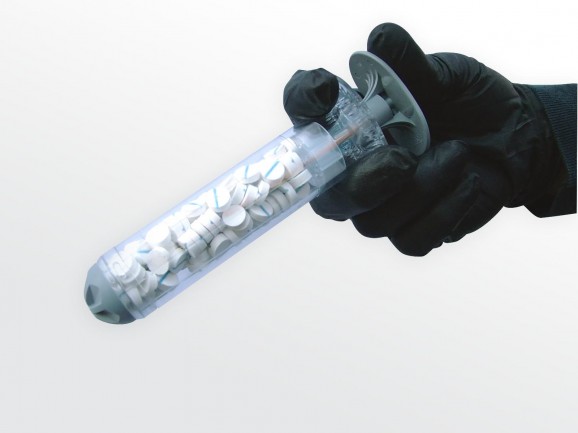Glue And Super Sponges That Help Speed Healing
This article is more than 2 years old
 Time isn’t the only thing that heals wounds—science can too. Swiss researchers have engineered growth factors to help speed up the healing time for broken bones and cuts. Natural growth factors in people and animals are proteins that are involved in everything from fetal development to healing. These proteins summon cells to the site of an injury, which helps damaged tissue heal more quickly. If you were to cut your finger, your skin cells would release growth factors that promote the growth of new cells and blood vessels.
Time isn’t the only thing that heals wounds—science can too. Swiss researchers have engineered growth factors to help speed up the healing time for broken bones and cuts. Natural growth factors in people and animals are proteins that are involved in everything from fetal development to healing. These proteins summon cells to the site of an injury, which helps damaged tissue heal more quickly. If you were to cut your finger, your skin cells would release growth factors that promote the growth of new cells and blood vessels.
This isn’t the first time scientists have used growth factors for healing, they’re even used in dentistry. The hard part is getting those proteins to remain at an injury site where they can best facilitate reconstruction. That’s what this new study, detailed in the most recent issue of Science, focuses on. Researchers examined what makes growth factors stick to the extracellular matrix, which is the material around cells. They took some samples of placenta growth factor-2 and attached to it some chemicals that helped it stick better to that extracellular matrix.
The scientists tested their proteins on mice with a genetic defect that negatively impairs healing. The mice were hurt (I don’t even want to know how), and the scientists applied their growth factor. And it worked. Their cells responded and the injuries healed faster than in the mice who didn’t receive the growth factor. One important detail of the research is that because the growth factor stays in place, it can be used in small doses in very specific areas of the body. In previous studies, growth factors have worked too tell, producing extraneous bone formation and blood vessel growth that actually backfires and makes the vessels prone to bruising.
Scientists will soo test these growth factors on bigger and more complex animals, focusing largely on healing bones. After that, they hope to set up clinical trials where they can test their research on burn victims and other people with chronic. If successful, reconstruction and skin grafting could become much easier and more effective.
 The growth factor study follows another recent advancement in healing, a shot that delivers a bunch of tiny coated sponges into wounds. If you’ve ever seen someone get shot, stabbed, or badly cut, you know that the first thing to do is to apply pressure and pack the wound as tightly as possible to stem arterial bleeding. The process is incredibly painful, especially if the bleeding doesn’t stop and the gauze or towels have to be reapplied.
The growth factor study follows another recent advancement in healing, a shot that delivers a bunch of tiny coated sponges into wounds. If you’ve ever seen someone get shot, stabbed, or badly cut, you know that the first thing to do is to apply pressure and pack the wound as tightly as possible to stem arterial bleeding. The process is incredibly painful, especially if the bleeding doesn’t stop and the gauze or towels have to be reapplied.
RevMedX, an Oregon startup, has been working on a better way to stop the bleeding from serious injuries, especially on the battlefield. They came up with a device called XStat, a syringe that injects tiny sponges into a wound. They found that the sponges absorb blood much better than other material. Their tests on animals proved highly successful, enough so that the U.S. Army funded the research and development of a product for human use. The company created a sponge made from wood pulp, which sounds a bit strange, but they coated it with chitosan, a material derived from shrimp shells which promotes blood clotting and kills bacteria and other organisms. In about 15 seconds, the sponges expand to fill even deep wounds. RevMedX has submitted XStat for expedited FDA approval with support from the Army.
These two innovations would seem pretty compatible with one another—stop the bleeding, and then work on healing the wound. People might not recover as quickly as Buffy or Wolverine, but perhaps superheroes will be able to rest a bit easier knowing that the injured are mending faster than ever.












